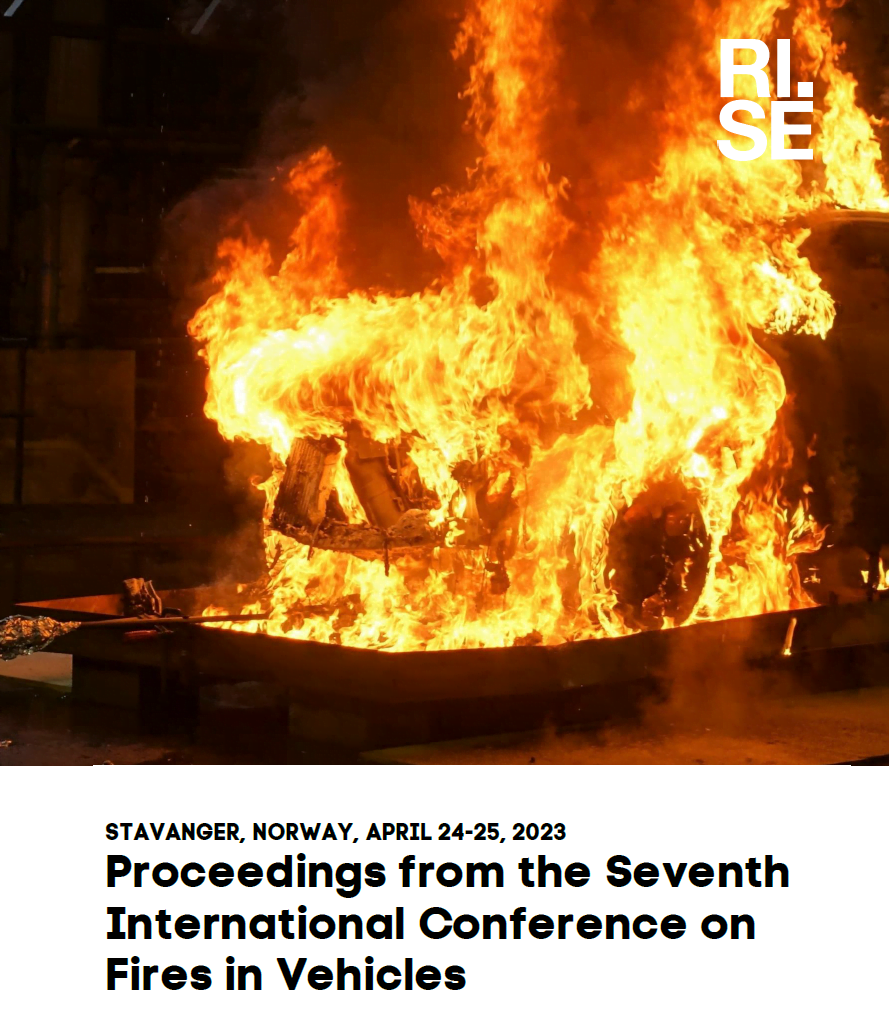
EVs do not pose greater fire risks than internal combustion cars, but different risks and fire-fighting challenges. Victoria Hutchison, US Fire Protection Research Foundation (NFPA), at FiVE April 2023, summarised current understanding on vehicle fire risks in car parks and implications for fire fighting tactics. Modern vehicles, both EV and conventional internal combustion engine (ICE), contain more polymer and other flammable materials, in order to reduce weight and so improve fuel efficiency. The heat release rate of cars in fire is driven largely by the burning of the vehicle body, similar for EVs and ICE. Fire risk is however different, as fuel tanks can cause pool fires and batteries jet fires (flammable gas release). Increasing flammable materials in cars has increased risk of fire spread between vehicles in car parks. Car parks are also more compact. Over twenty years from the 1990’s to 2014, car park fires involving more than five vehicles increased from <2% to 14%. Today, fire spreads from one vehicle to a second one in 10 – 20 minutes, but then spread accelerates. Research is underway to improve understanding of battery and EV fires and appropriate fire fighter training and guidance is needed.
“Hazards of EVs in the built environment and firefighting tactics”, V. Hutchison, FPRF, USA, in Proceedings from the Seventh International Conference on Fires in Vehicles, Stavanger, Norway, April 24-25, 2023, RiSE https://www.diva-portal.org/smash/get/diva2:1805310/FULLTEXT01.pdf